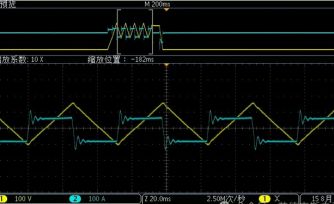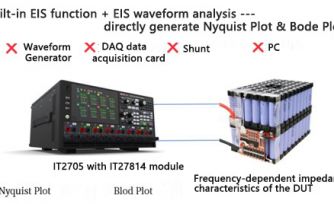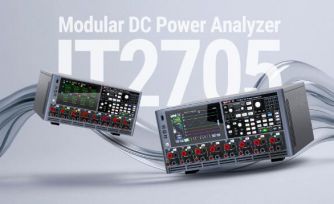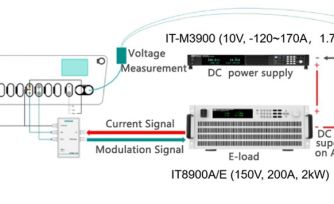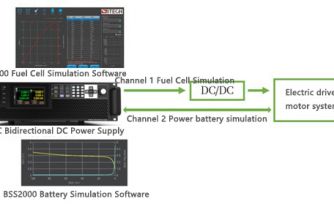Passport for air transportation of lithium batteries--directly hit the UN38.3 test of lithium batteries
From January 1, 2009, the latest effective version of the "Technical Instructions for the Safe Air Transport of Dangerous Goods" issued by the International Civil Aviation Organization (ICAO) has added the UN (United Nations) serial number of dangerous goods, and lithium batteries will be classified as Enter lithium ion batteries (UN 3090 and UN3091) and lithium metal batteries (UN3480 and UN3481). According to this regulation, if lithium batteries do not have a test report or relevant approval certificate based on UN38.3, they cannot be transported by air. The Civil Aviation Administration of China (CAAC) has issued the "Lithium Battery Air Transport Specifications" to airlines and dangerous goods-related transport units to strengthen the transport safety of lithium batteries.
UN38.3 is Chapter 38.3 of the "Recommendation on the Transport of Dangerous Goods - Manual of Tests and Standards" prepared by the Committee of Experts on the Transport of Dangerous Goods of the Economic and Social Council of the United Nations. The latest effective version of this version is ST/SG/AC.10/11 /Rev.5 (fifth edition), this article analyzes the UN38.3 standard from the definition of the standard, the number of different types of batteries submitted for inspection, 8 test items, and common non-conforming items of batteries. Including Test 1 altitude simulation, Test 2 thermal shock, Test 3 vibration, Test 4 impact, Test 5 external short circuit, Test 6 impact, Test 7 overcharge, Test 8 forced discharge.
Forced discharge
Forced discharge means that after the battery discharges the internally stored power, after the voltage reaches a certain value, continuing to discharge will cause over-discharge, which will destroy the positive and negative crystal structures of the battery, making the thermal stability of the two electrodes worse. The negative electrode generates a large amount of hydrogen, which catalyzes the decomposition of the organic electrolyte. When the temperature is high enough, the positive electrode decomposes, producing a large amount of hydrocarbons, which eventually causes the battery to rupture and catch fire.
The purpose of this test is to evaluate the ability of the battery core to withstand forced discharge. The test method: connect the sample in series with a 12V DC power supply, start discharging at the maximum discharge current, and the time is the rated capacity divided by the initial current, and observe whether the battery will burst and catch fire as described above and so on.
ITECH application case
A user of ITECH needs to use 500A to perform forced discharge on the battery for actual application on site. The test method is as follows:
01.
Use IT6030D-80-900 high-power DC power supply (set 12V/510A) to connect with the battery (single section 3.7V);
02.
Use IT8912A-150-1200 High-performance DC electronic load setting CC = 500A to discharge;
03.
The load opens the SENSE function through the remote measurement terminal can be read back to the battery end voltage in real time;
04.
The host computer software records the voltage and current values of the load for the experimental data of the forced discharge of the battery. After the equipment test is completed, observe the state of the battery and analyze it to draw a conclusion.
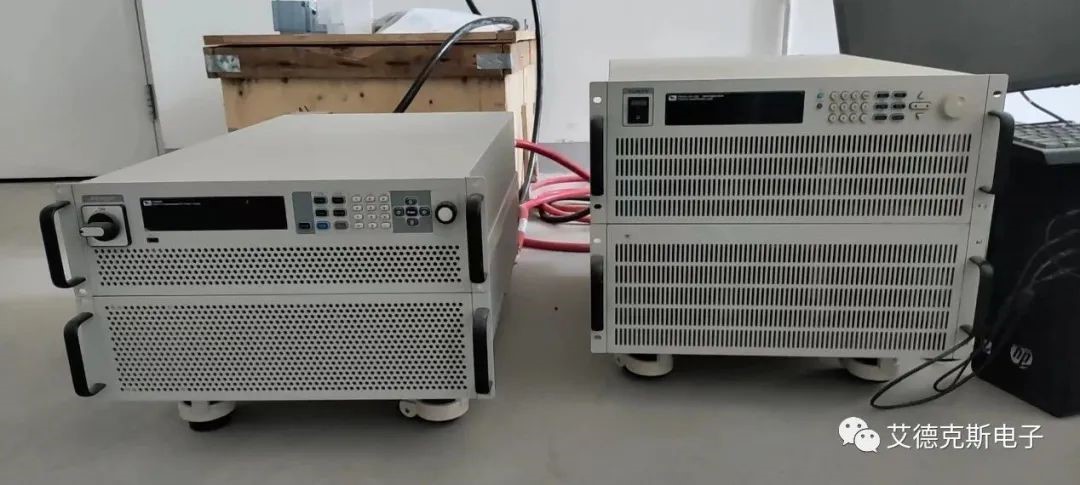
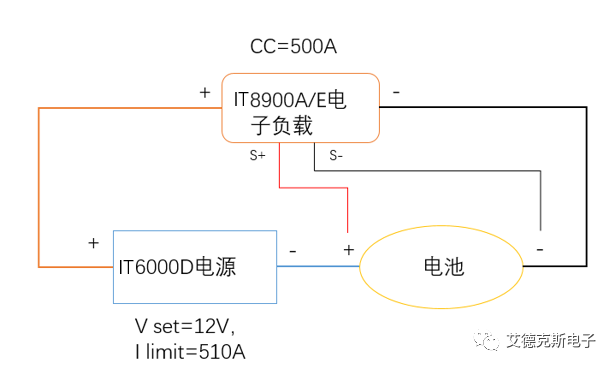
ITECH DC power supply and load cover various battery test specifications. In addition, bidirectional DC power supply and ITS5300 battery test system can provide complete solutions for different test items such as battery charge and discharge, cycle life, and internal resistance test.

